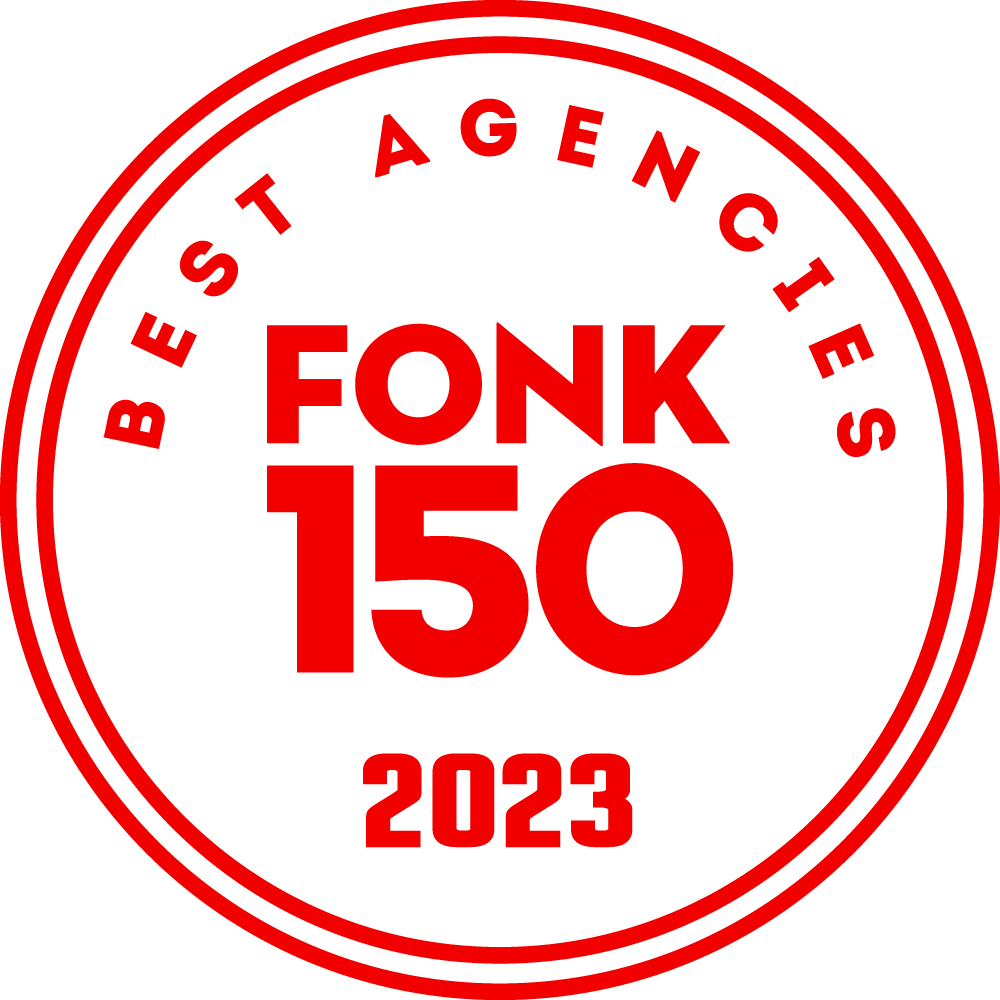Four upgrades for your existing software
Software can quite quickly feel outdated and arouse frustration among users. Indeed, when it comes to speed, design and usability, the standard rises tremendously fast. There are a number of ways to upgrade existing software and restore its full potential. Here are some examples:


Enter the conversation with Koen!
Recoding
To get more out of existing software, you can make the software recoding. That means rewriting the codebase to improve performance or add new features. For example, sometimes the software is built in an outdated framework, making the code cumbersome. By rewriting the code in the latest frameworks, you ensure that the code is set up as efficiently as possible and works much faster. In addition, the code is also better suited to new features and modern devices. It is also possible to purposefully modify individual pieces of code to better streamline specific functionality or fix bugs. This is also called patching or debugging.
Redesign
Redesigning can also be a good way to improve an existing software. This involves changing the look and feel of the software, which can sometimes be more effective than simply recoding. Usability needs change over the years as popular apps change user intuition. By identifying the wants and needs and redesigning the userflow, the software soon feels like new.
Infrastructure
One other way to upgrade software is to optimise the infrastructure. This means making sure the software runs on a fast server that has sufficient resources to handle the load. This means setting up the IT infrastructure in such a way that data , files and content can be loaded quickly, in all circumstances. Many legacy enterprise software, for example, still run off a single physical server. By creating a serverless infrastructure or cloud computing can quickly improve performance considerably.
Links
Yet another way to get more out of existing software is by creating a API to connect that software with other software. An API (application programming interface) is a set of code that allows two pieces of software to communicate with each other. This is a great way to maximise the potential of the software. Perhaps the software then even hardly/not need to be used anymore, but can be a bridge that makes data available to other software. By making API links, some tasks go automatically and processes run a lot faster as a result.
Give your software an upgrade!
There are several ways to end the frustrations caused by software limitations. There is no one-size-fits-all solution; what works best will depend on the specific needs. For that, it is important to do a code analysis and identify user wants and needs. This will show where the biggest bottleneck in IT and frustration lies. In a short session we can help discover the opportunities and recommend a suitable solution.

